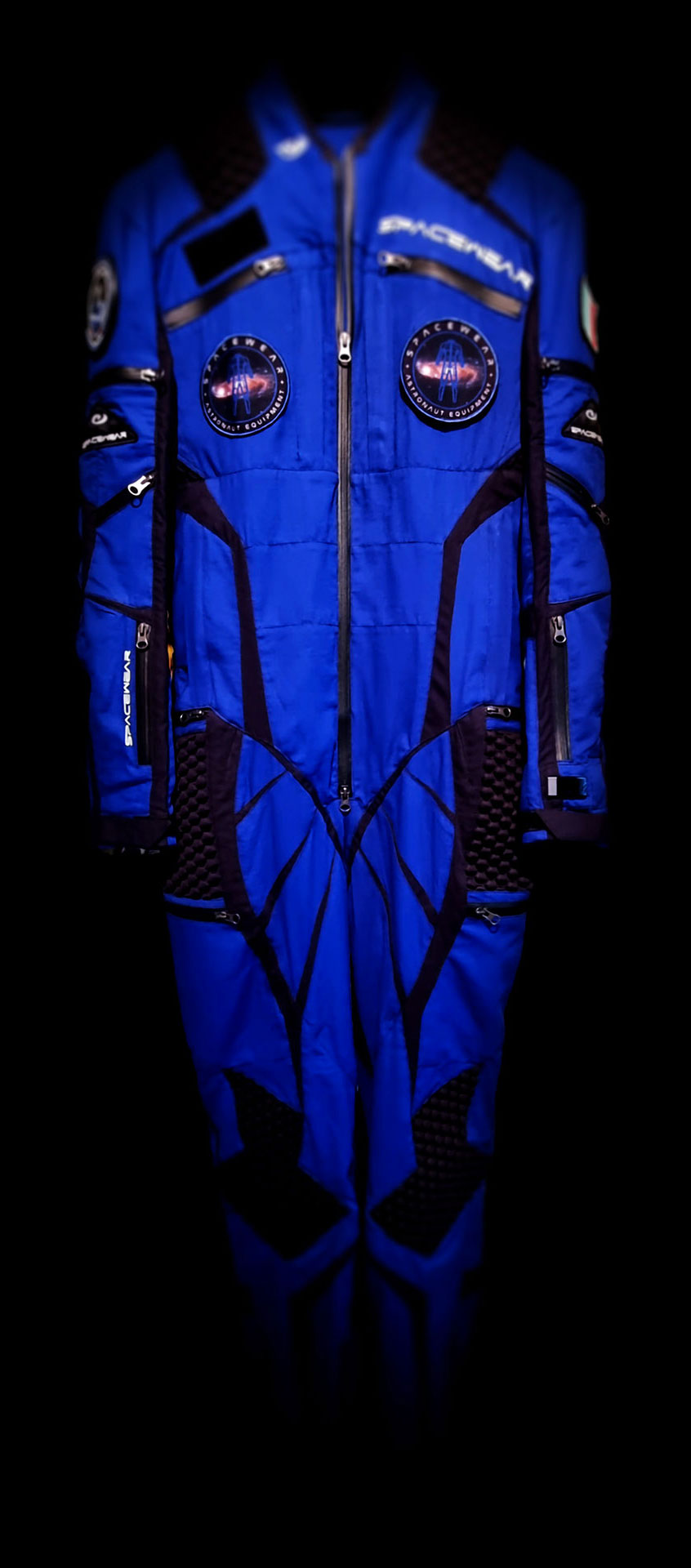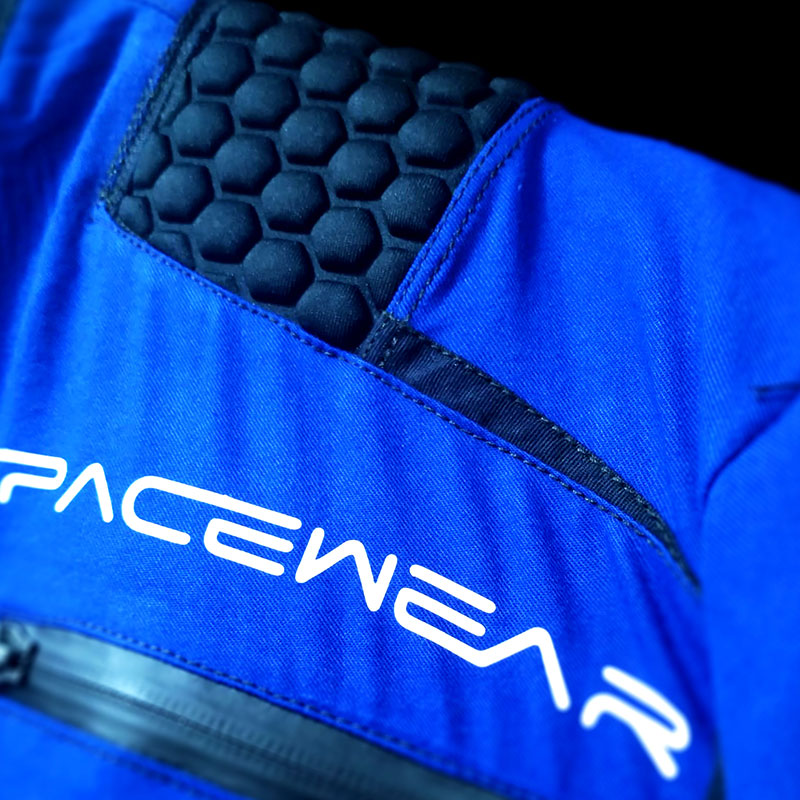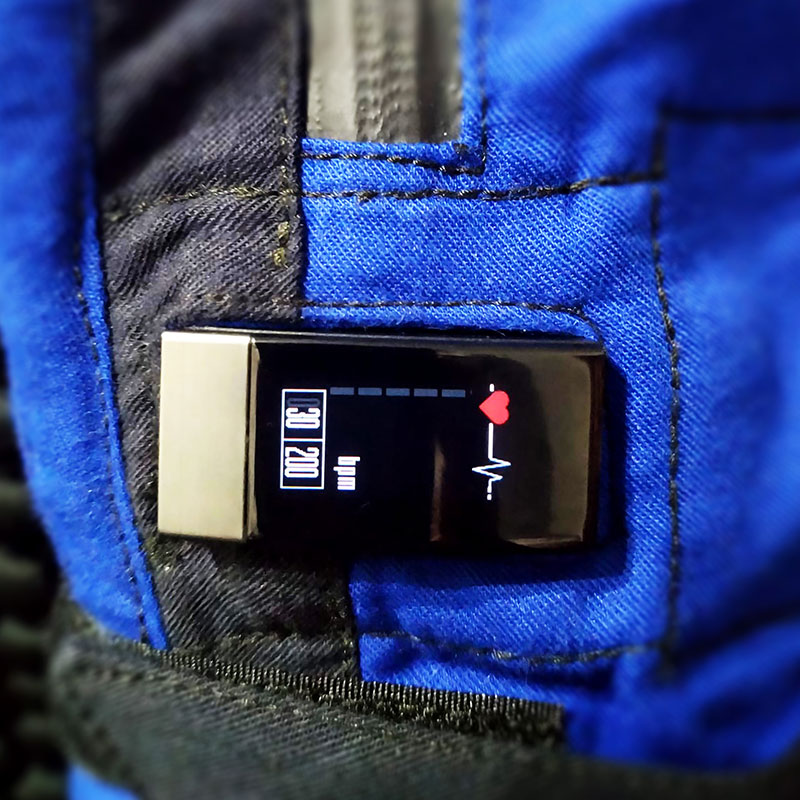
Ax-3 Mission
SFS2 on board

SFS2 tested on board the ISS by astronaut Walter Villadei.
Axiom Mission 3 (Ax-3) is the third mission to the International Space Station (ISS) organized by Axiom Space, leading provider of human spaceflight services.
Thanks to the collaboration with the Italian Air Force, SFS2 is on board the ISS. The suit has successfully passed the qualification process for space flight according to the most stringent international standards.
Ax-3 is the first all-European commercial astronaut mission to the ISS. Italy takes part with the Italian Air Force astronaut Walter Villadei as Mission pilot.
The crew includes also the Ax-3 Commander Michael López-Alegría dual-citizen of the U.S. and Spain; the Mission specialists Alper Gezeravci representing Türkiye and ESA project astronaut Marcus Wandt representing Sweden.


SFS2 is equipped with safety bumpers in the most exposed physical parts.

SFS2 detects astronaut medical data.


